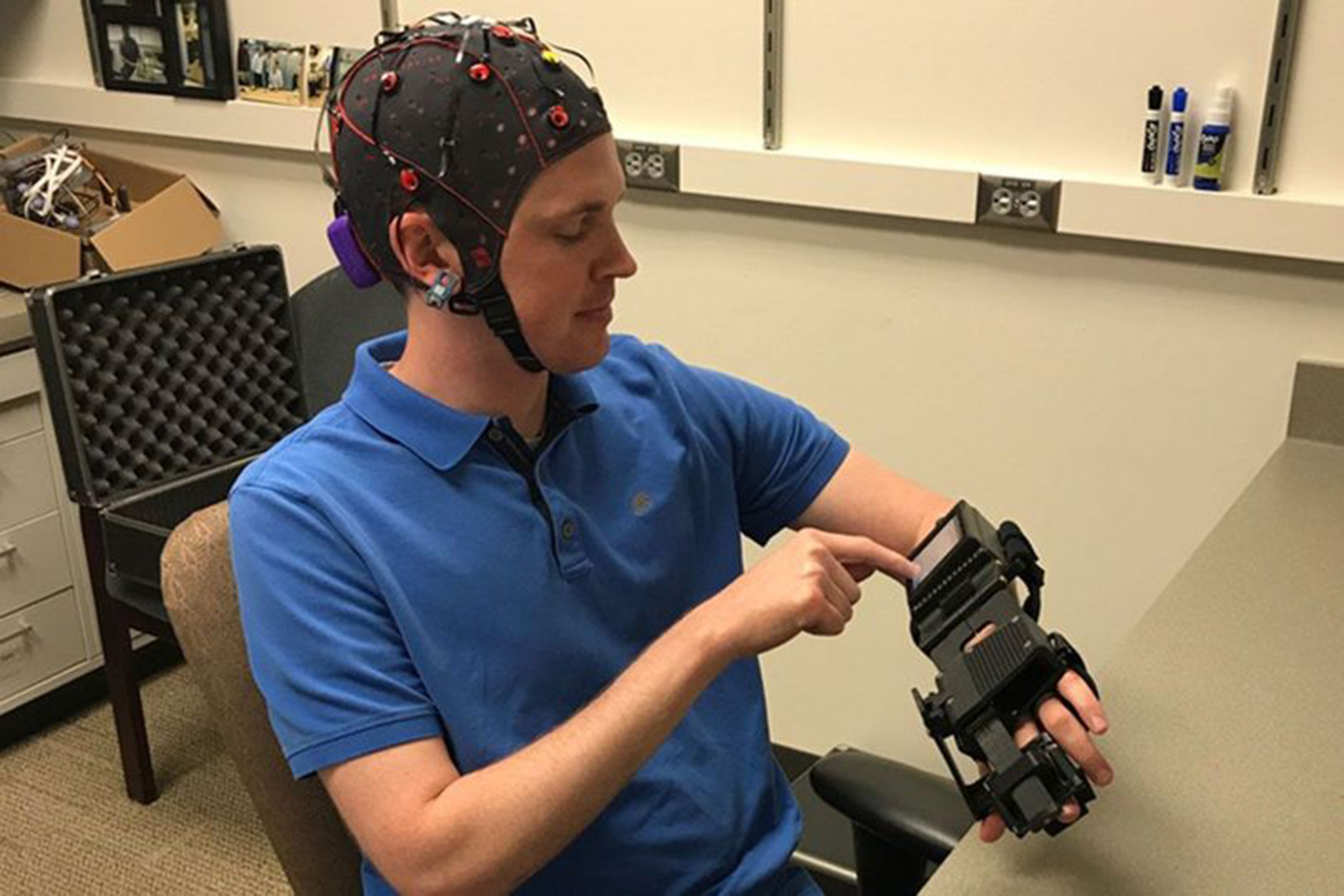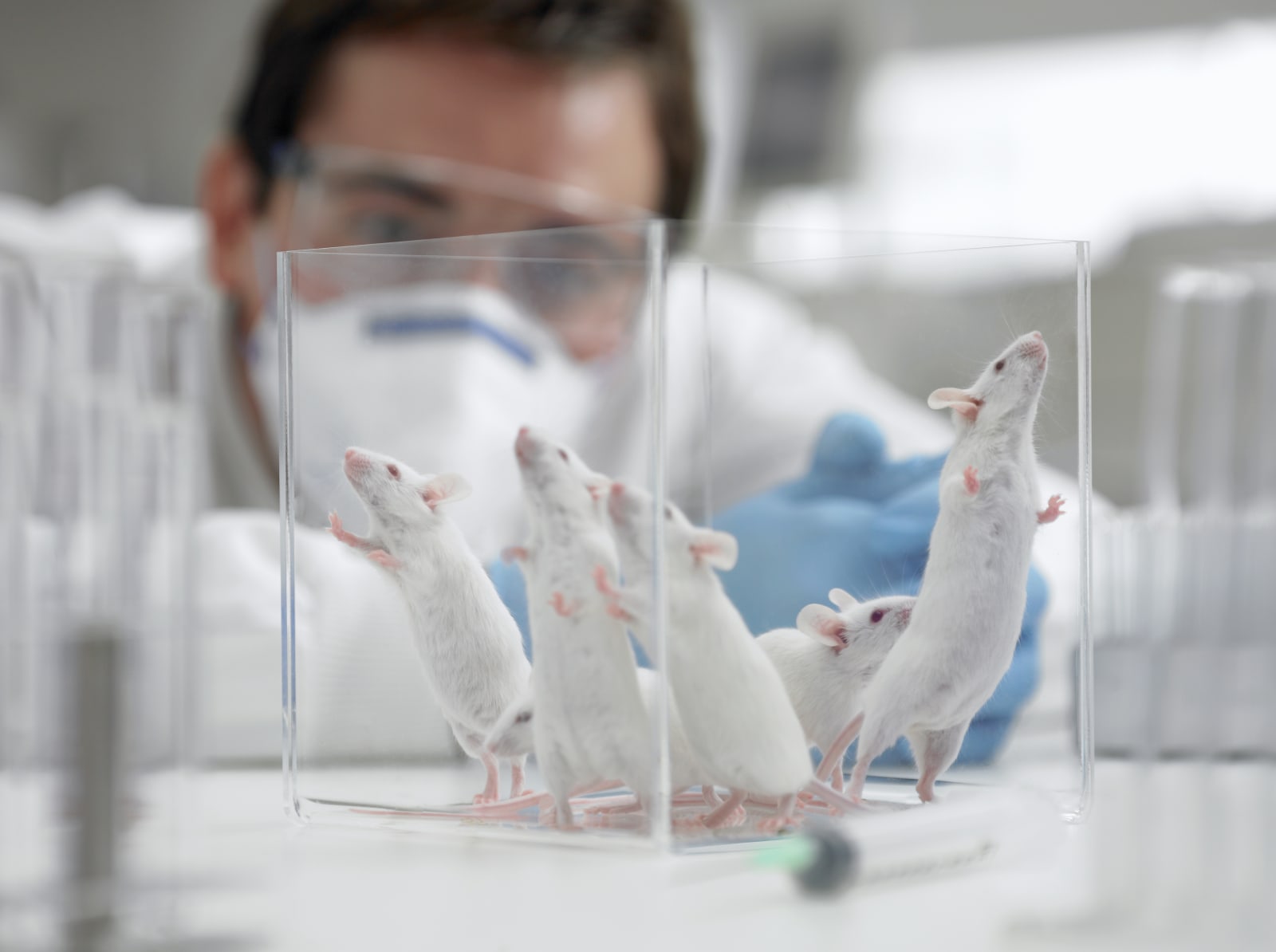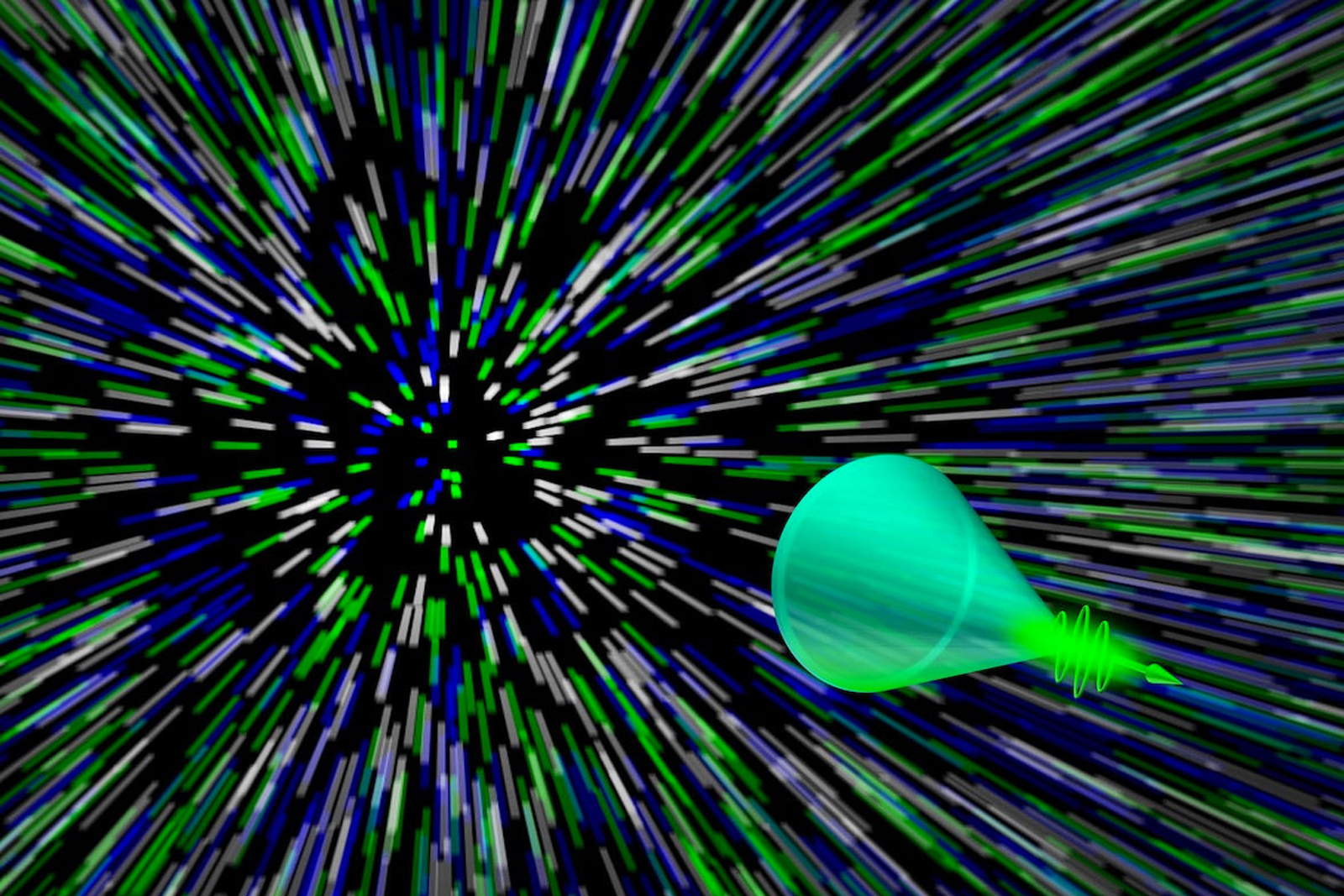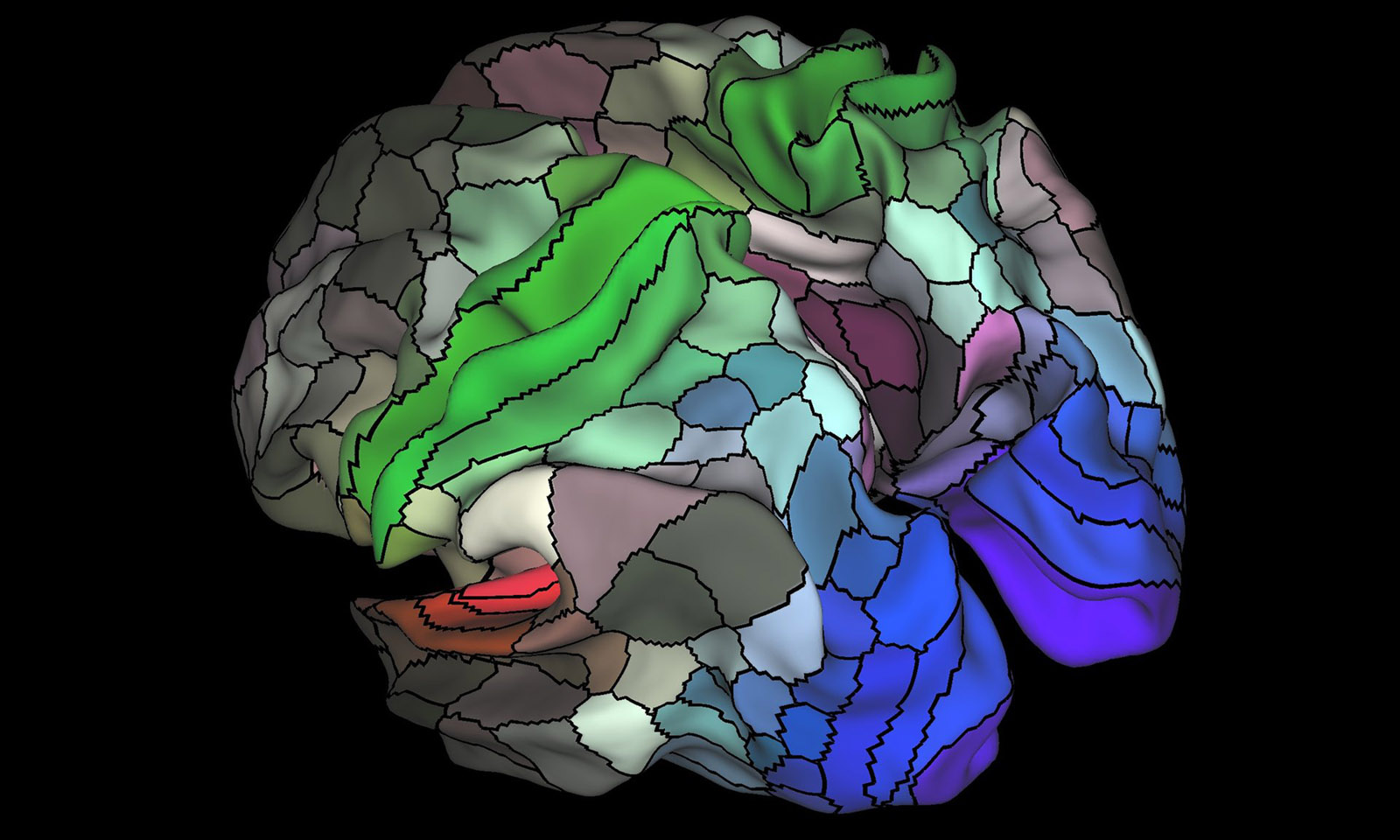 A team of scientists from the Washington University School of Medicine in St. Louis have proven that the mind-controlled device they developed can help stroke survivors regain control of their hands. Stroke typically causes paralysis on one side of t...
A team of scientists from the Washington University School of Medicine in St. Louis have proven that the mind-controlled device they developed can help stroke survivors regain control of their hands. Stroke typically causes paralysis on one side of t...
Mind-controlled bionic hand can help stroke patients move again
 A team of scientists from the Washington University School of Medicine in St. Louis have proven that the mind-controlled device they developed can help stroke survivors regain control of their hands. Stroke typically causes paralysis on one side of t...
A team of scientists from the Washington University School of Medicine in St. Louis have proven that the mind-controlled device they developed can help stroke survivors regain control of their hands. Stroke typically causes paralysis on one side of t...
 Scientists have discovered a way of counteracting the proteins that cause Alzheimer's-like symptoms including memory loss. In mice, at least. Whereas other treatments have focused on beta-amyloid clumps (which the University of Michigan recently disc...
Scientists have discovered a way of counteracting the proteins that cause Alzheimer's-like symptoms including memory loss. In mice, at least. Whereas other treatments have focused on beta-amyloid clumps (which the University of Michigan recently disc...
 Scientists have suspected that light can create its own conical wakes, like a sonic boom, but how do you capture something that happens so quickly? With a very fast camera, naturally. Washington University in St. Louis has recorded these photonic sho...
Scientists have suspected that light can create its own conical wakes, like a sonic boom, but how do you capture something that happens so quickly? With a very fast camera, naturally. Washington University in St. Louis has recorded these photonic sho...
 According to the giant-impact hypothesis, the moon was formed when a baby Earth smashed against a Mars-sized planet named Theia. Scientists believe the collision was relatively gentle, but based on a newly published study by researchers from the Wash...
According to the giant-impact hypothesis, the moon was formed when a baby Earth smashed against a Mars-sized planet named Theia. Scientists believe the collision was relatively gentle, but based on a newly published study by researchers from the Wash...
 Scientists are still using a 100 year-old map to identify 83 known regions of the brain, but that's about to change. A team from Washington University in St. Louis, working with the Human Connectome Project, has plotted 97 new areas of our gray matte...
Scientists are still using a 100 year-old map to identify 83 known regions of the brain, but that's about to change. A team from Washington University in St. Louis, working with the Human Connectome Project, has plotted 97 new areas of our gray matte...
 A team of researchers from Washington University in St. Louis, led by Ghassan Aleqabi, recently stumbled upon a treasure trove of seismic data from a most unexpected source: an array of earthquake monitors installed in Iraq and originally used to kee...
A team of researchers from Washington University in St. Louis, led by Ghassan Aleqabi, recently stumbled upon a treasure trove of seismic data from a most unexpected source: an array of earthquake monitors installed in Iraq and originally used to kee...
 You don't want to stand in front of an X-ray machine for any longer than necessary, and scientists have found a clever way to make that happen: the Kinect sensor you might have picked up with your Xbox. Their technique has the depth-sensing camera m...
You don't want to stand in front of an X-ray machine for any longer than necessary, and scientists have found a clever way to make that happen: the Kinect sensor you might have picked up with your Xbox. Their technique has the depth-sensing camera m...
 One day, eliminating pain may just be a matter of flicking on a light. Scientists have shown that you can implant LEDs that stop neurons from firing and cut out pain reception. The current technique (tested in mice) requires altering the neurons'...
One day, eliminating pain may just be a matter of flicking on a light. Scientists have shown that you can implant LEDs that stop neurons from firing and cut out pain reception. The current technique (tested in mice) requires altering the neurons'...
